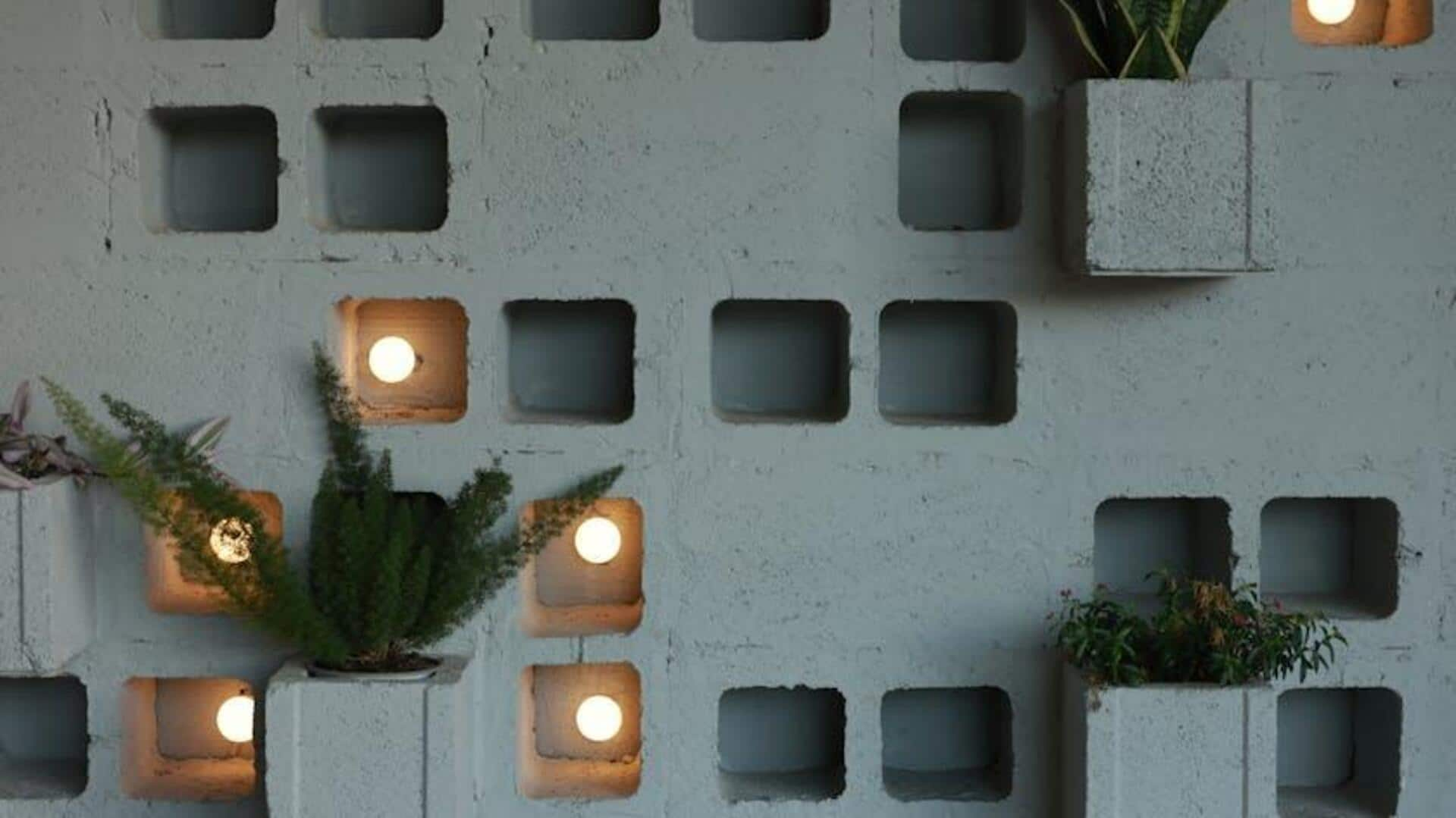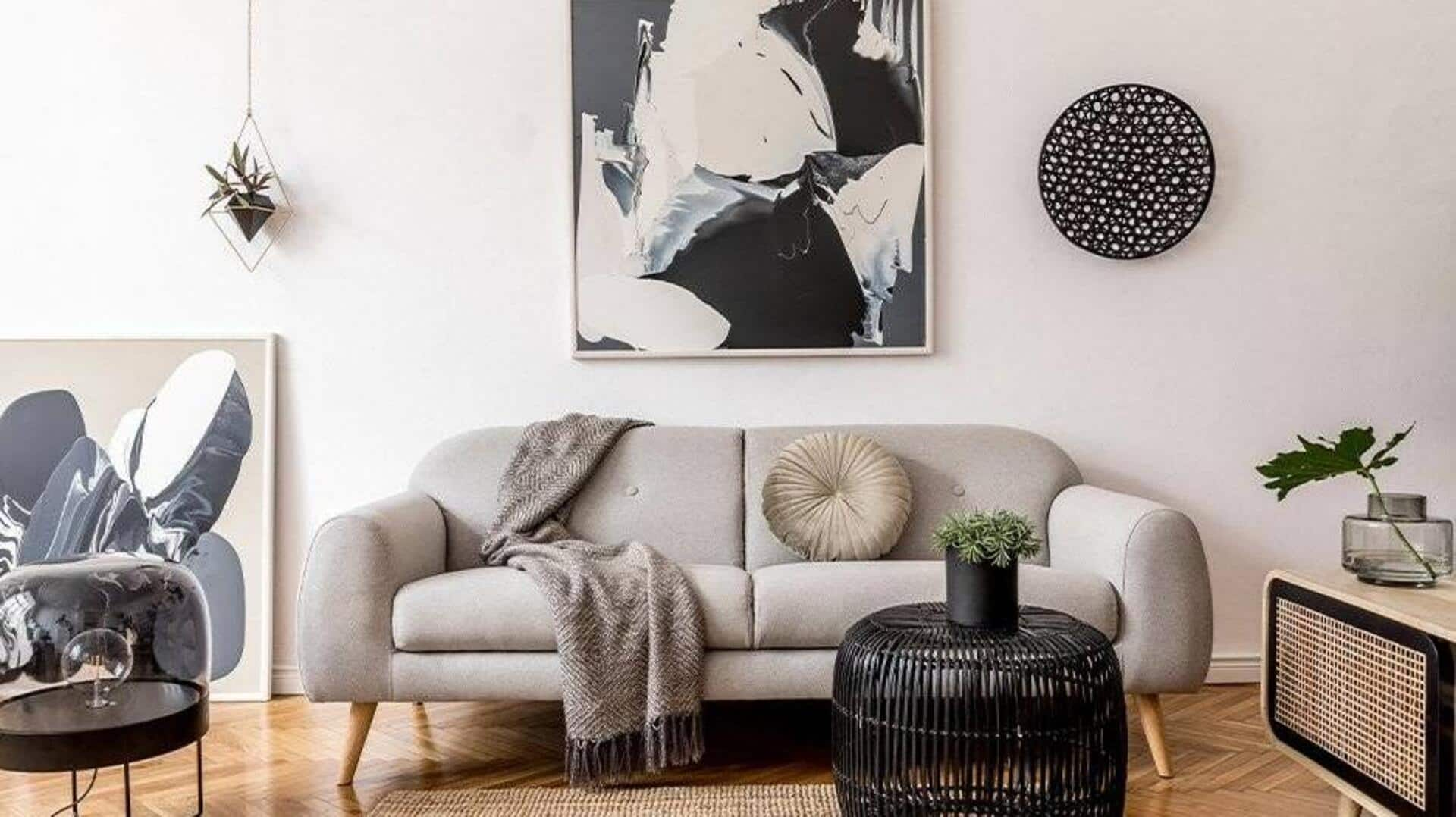Start Small, Impact Big
Often, the most effective home improvements don't require a complete overhaul or major financial investments. Consider the transformative power of minor
adjustments. Rearranging furniture can significantly alter a room's feel, creating better flow and openness. Replacing throw pillows or adding a vibrant rug can inject personality and color, instantly updating the space. Changing the lighting fixtures, like switching from harsh overhead lights to softer, warmer lamps, can dramatically impact the ambiance. Focusing on these smaller details provides a cost-effective way to refresh your home, making it more inviting and aligned with your style preferences.
Color and Texture Magic
The strategic use of color and texture is a powerful tool in home design. A fresh coat of paint can dramatically change a room. Neutral tones provide a versatile backdrop, while bolder hues can make a statement. Consider accent walls to highlight specific areas. Incorporating various textures adds visual interest and depth. Think about adding textured cushions, throws, and rugs to bring warmth and character. Experiment with different materials, like wood, metal, and glass, to create a layered and visually appealing environment. By skillfully integrating these elements, you can create a space that is both stylish and engaging.
Organize and Declutter
Decluttering is an essential step in creating a more comfortable and functional home. Begin by removing items you no longer need or use. Donating or selling unwanted possessions can free up space and reduce visual clutter. Implementing effective storage solutions is crucial for keeping your home organized. Install shelves, cabinets, and drawers to maximize space. Utilize containers and baskets to organize items in closets and drawers. Create designated areas for different activities and belongings to maintain order. A well-organized home is not only aesthetically pleasing but also promotes a sense of calm and efficiency.
Upcycle and Repurpose
Embrace upcycling and repurposing to reduce waste and create unique decor. Transform old furniture by repainting or reupholstering it. Turn old jars and bottles into vases or storage containers. Repurpose fabrics by creating new pillows, curtains, or even artwork. Upcycling allows you to add personality and sustainability to your home. Explore DIY projects to create customized pieces that reflect your taste. This approach not only reduces environmental impact but also makes your space more distinctive and personal. Look to online tutorials or craft stores for inspiration and supplies.
Embrace Greenery
Adding plants to your home instantly enhances its ambiance and improves indoor air quality. Choose plants that suit your lifestyle and the amount of light available in your space. Consider low-maintenance options such as succulents, snake plants, and pothos. Place plants in various spots, from tabletops to hanging baskets, to add life and color. Incorporate both small and large plants to create visual interest. Greenery can also enhance your mood and promote a sense of well-being. Regular plant care, including watering and sunlight, is essential for their health and longevity, contributing to a fresh and vibrant home environment.
Focus on Lighting
Lighting plays a key role in the atmosphere of your home. Experiment with different types of lighting to create the desired effects. Combine ambient lighting with task lighting and accent lighting for functionality and style. Consider installing dimmers to adjust the brightness and set the mood. Replace outdated light fixtures with modern, energy-efficient options. Utilize table lamps, floor lamps, and pendant lights to create layered lighting. Natural light should also be considered, optimizing window coverings to control the amount of light in your home. Good lighting enhances the overall comfort and aesthetic appeal of your space.
Personalize Your Space
Your home should reflect your personality and style. Incorporate elements that showcase your interests and memories. Display photographs, artwork, and souvenirs that resonate with you. Collect items that represent your travels, hobbies, or passions. Personalize your decor with unique items. These touches create a more inviting and comfortable environment. Ensure that your space tells your story and creates a feeling of connection. By infusing your home with your personal style, you will create a space that feels truly yours.
Plan Your Project
Before starting any home improvement, take the time to plan. Determine your goals and the desired outcome. Set a realistic budget and timeframe to guide the project. Research ideas and gather inspiration. Create a detailed plan of the steps involved. If required, source necessary materials. Prepare a workspace by protecting floors and furniture. If it's a more extensive project, considering seeking advice or hiring professionals. Proper planning prevents costly mistakes, keeps you organized, and ensures a smooth process. Careful planning maximizes the chances of a successful and satisfying home improvement experience.




